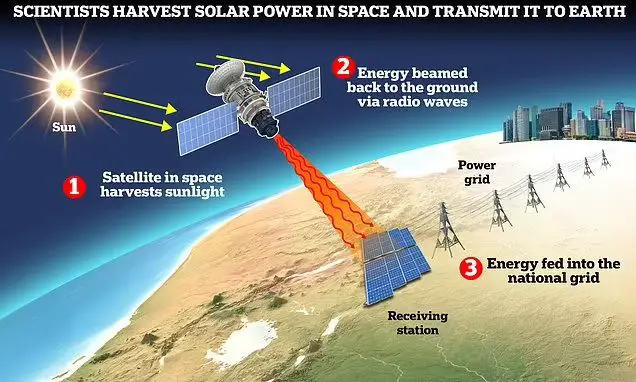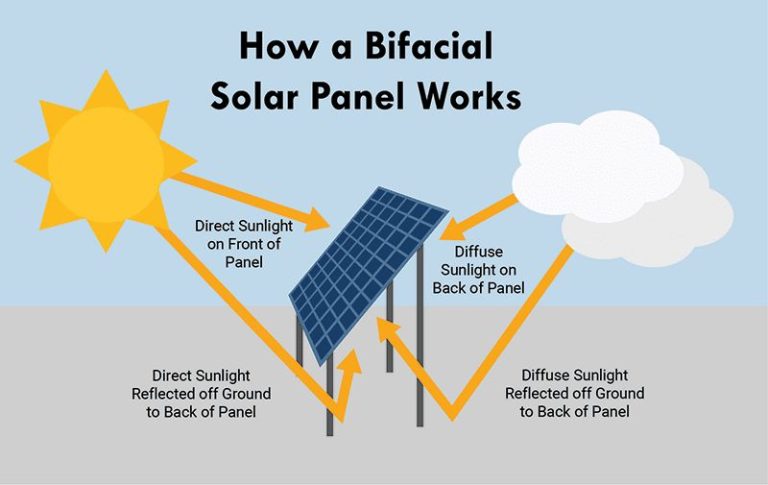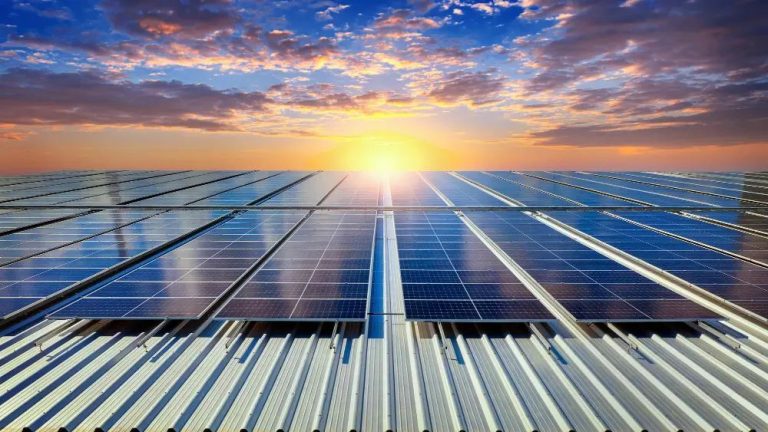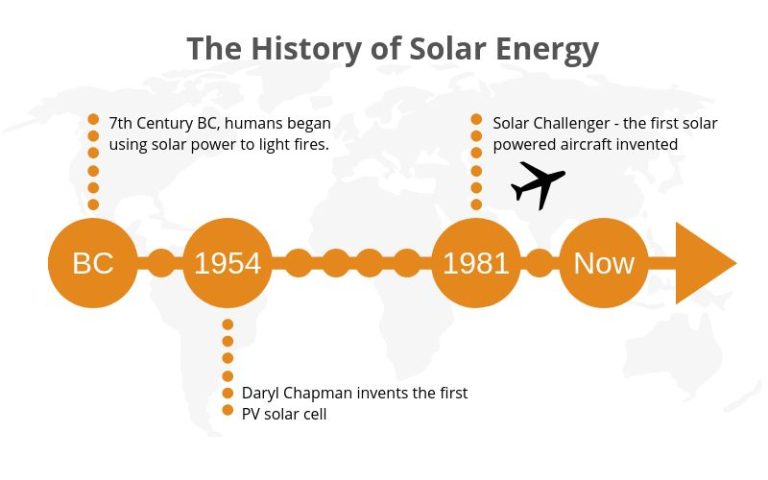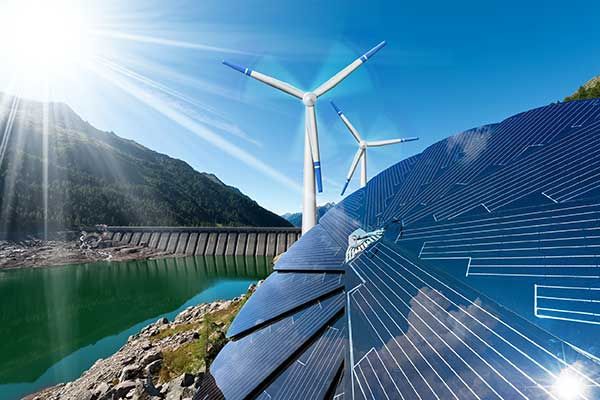Is Renewable Energy Affordable In The Us
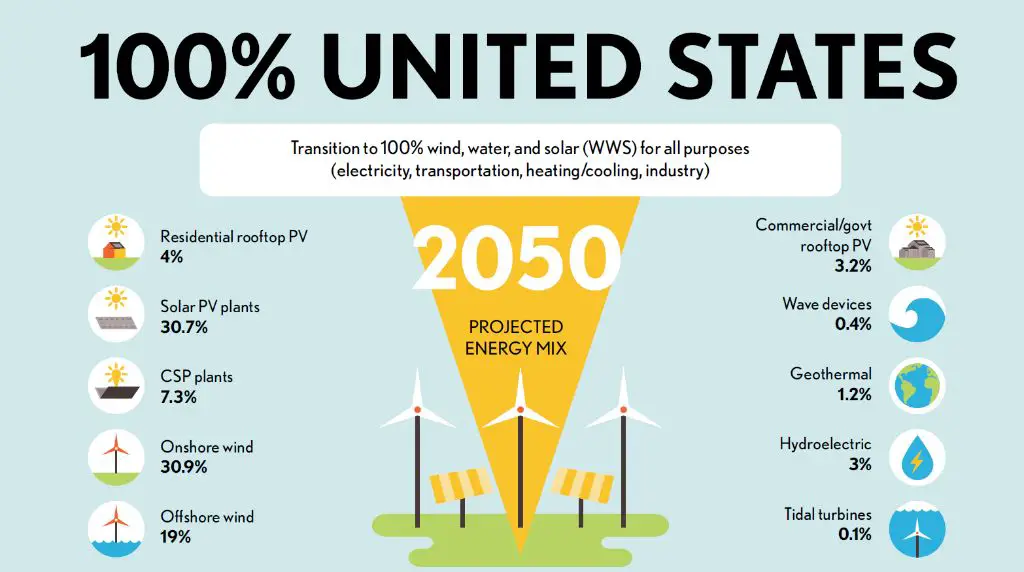
In recent years, renewable energy has become increasingly affordable and competitive with conventional energy sources like fossil fuels. The most common renewable sources used in the United States are wind, solar, hydropower, geothermal and biomass. As technology has improved and economies of scale have been achieved, the costs of renewable energy have declined dramatically. For example, the cost of solar panels has dropped over 70% since 2010.
The falling prices of renewables, combined with policies to promote cleaner energy, have led to rapid growth in renewable electricity generation. Renewables made up 12.2% of total U.S. energy consumption and 19.8% of electricity generation in 2019. With further cost reductions expected, renewables have the potential to supply an even greater share of America’s energy needs in the years ahead.
Cost Competitiveness
The costs of renewable energy have fallen dramatically in recent years, making them increasingly competitive with fossil fuels. According to the International Renewable Energy Agency, renewables are now the cheapest form of power in many parts of the world (source). For example, the levelized cost of electricity (LCOE) for utility-scale solar PV decreased 82% between 2010 and 2019, while onshore wind decreased 39% (source). In 2019, the global weighted-average LCOE of electricity from new capacity additions was $0.056/kWh for onshore wind and $0.068/kWh for utility-scale solar PV, undercutting the cheapest new coal option at $0.109/kWh.
In many regions, renewables are now cheaper than existing coal and gas plants. According to the US Energy Information Administration, the national average LCOE of wind power ($37/MWh) dropped below natural gas ($44/MWh) for newly built generation capacity in 2019. Falling costs of lithium-ion batteries have also enabled lower costs for energy storage to support renewable generation. According to BloombergNEF, average battery pack prices fell 89% from 2010 to 2019.
Federal Tax Credits
Federal tax credits have been instrumental in reducing the cost and accelerating the adoption of renewable energy in the US. The two main federal tax credits are the Investment Tax Credit (ITC) and the Production Tax Credit (PTC).
The ITC allows projects like solar and wind farms to deduct 30% of the installation costs from their federal taxes. According to Novoco, the ITC provides a “dollar-for-dollar credit for expenses invested in renewable energy properties.” This tax credit has helped drive down the cost of solar energy by over 70% in the last decade.
The PTC provides wind energy projects with a tax credit per kilowatt-hour of power generated. As noted by EESI, the Inflation Reduction Act recently extended and enhanced both the ITC and PTC to further accelerate renewable energy deployment and cost declines.
State Policies
Many U.S. states have implemented strong policies to accelerate renewable energy growth. California and New York have been leaders in this area. California currently sources 33% of its electricity from renewable sources and has a target of 60% by 2030 and 100% by 2045 (State Renewable Energy: Policies | US EPA). New York sources 28% of its electricity from renewable sources and has a target of 70% by 2030 (Brief State Renewable Portfolio Standards and Goals).
These policies include renewable portfolio standards (RPS), which require utilities to source a certain percentage of electricity from renewables. Many states also offer tax incentives, rebates, and other financial incentives for renewable energy projects and adoption. Strong state policies have accelerated renewable energy growth. For example, over the past decade, wind capacity in Iowa has grown over 10 times and solar capacity has grown over 100 times (State Clean Energy Policy Tracker). However, there is variability across states, with some states like Texas also seeing strong renewable energy growth despite weaker state policies.
Corporate Procurement
Many major corporations are increasingly procuring renewable energy to meet sustainability goals and take advantage of favorable economics. According to CNBC, Amazon, Meta, and Google lead corporate renewable energy procurement, buying more wind and solar power than any other companies in 2022.
Major technology companies like Google, Amazon, and Microsoft have made significant renewable energy commitments and signed huge clean power purchase agreements in recent years. For example, in 2020 BloombergNEF reported that Amazon signed corporate renewable deals totaling 5.5GW, while Google purchased 5.4GW. Facebook-owner Meta also made a deal to purchase 806MW of new wind and solar power. Many companies are being motivated by sustainability targets to combat climate change through clean power.
The declining costs of wind and solar have made renewable energy procurement very cost-effective for corporations. Major companies across technology, retail, manufacturing, and other industries are buying renewables to power their operations with emissions-free electricity at competitive rates.
Residential Adoption
Over the past decade, there has been tremendous growth in residential solar adoption in the United States. According to the Solar Energy Industries Association (SEIA), the residential solar market has installed over 5 GW so far in 2023, and is on pace for its 7th consecutive record year (1). High household electricity bills and declining costs have made solar an attractive option for homeowners. In addition, federal and state incentives, along with new financing options, have improved access to residential solar systems.
One factor driving growth is that the costs of solar panels and installations continue to decrease. According to Statista, solar has grown at an average annual rate of 24 percent over the last ten years, reaching over 110 GW of solar capacity in 2022 (2). As prices fall, solar becomes more affordable and appealing for homeowners. Many companies now offer solar loans, leases, and power purchase agreements, which allow homeowners to go solar with little or no upfront costs.
With solar more affordable and financing widely available, residential solar adoption is likely to continue its rapid growth in the coming years.
(1) https://www.seia.org/solar-industry-research-data
(2) https://www.statista.com/topics/11670/us-residential-solar-photovoltaics/
Project Financing
The cost of financing renewable energy projects has fallen dramatically in recent years thanks to financial innovations like securitization, yieldcos, and green bonds. Securitization allows project developers to bundle income streams from multiple projects into tradable securities, opening up renewable energy investments to more investors and reducing financing costs (Solar securitization: An innovation in renewable energy finance). Yieldcos are publicly traded companies that own renewable energy assets and distribute dividends to investors, providing a liquid investment vehicle and lower cost of capital. According to Deloitte, yieldcos have opened up renewable energy investments to mainstream investors and helped reduce financing costs (Innovative Finance for Energy Innovation). Green bonds that finance environmental projects have also grown rapidly, further expanding the investor base and driving down financing costs for renewables.
Transmission Investment
Expanding and upgrading transmission infrastructure is crucial for enabling greater adoption of renewable energy across the United States. According to the U.S. Department of Energy, meeting the growing demand for clean electricity will require expanding transmission systems by 60% by 2030 (Queued Up… But in Need of Transmission). The Department of Interior similarly notes that modernizing the electric grid is essential to tap into renewable resources on public, private and state lands (Renewable Energy Transmission Infrastructure).
High voltage transmission lines that can carry renewable energy from remote areas to population centers have faced challenges, but progress is being made. Projects such as the TransWest Express transmission line and the Plains & Eastern Clean Line have encountered regulatory and legal hurdles. However, new initiatives are moving forward, including the New York Power Authority’s Northern New York Priority Transmission Project to bring Canadian hydropower to New York City (Bringing More Clean Energy to Our Electric Grid). Continued investments in transmission will be key to meeting renewable energy goals.
Conclusion
In summary, the affordability of renewable energy in the United States has improved significantly in recent years due to falling technology costs, federal tax credits, state policies, corporate procurement, and innovative project financing. The levelized cost of renewable electricity from sources like wind and solar is now competitive or even lower than the cost of fossil fuels in many parts of the country.
This cost competitiveness, combined with strong policy support and increased investment, points to a bright future for continued renewable energy growth in the U.S. According to projections from the Energy Information Administration, renewable energy is expected to supply 44% of U.S. electricity generation by 2050, up from just 11% in 2020. With more states establishing 100% clean energy standards and major corporations buying renewables, growth seems poised to accelerate.
While there are still challenges around expanding transmission and fully integrating high shares of renewables onto the grid, the outlook is positive for renewable energy to make up an increasing share of affordable, reliable electricity generation in the decades to come.
Key References
Annual Energy Outlook 2019 with projections to 2050. U.S. Energy Information Administration, 2019.
Renewable Energy Costs Take Another Tumble, Making Fossil Fuels Look More Expensive than Ever. International Renewable Energy Agency, 2019.
BNEF’s 2022 Battery Price Survey. BloombergNEF, 2022.
Levelized Cost and Levelized Avoided Cost of New Generation Resources in the Annual Energy Outlook 2022. U.S. Energy Information Administration, 2022.
Utility-Scale Solar Data Update: 2022 Edition. Lawrence Berkeley National Laboratory, 2022.

